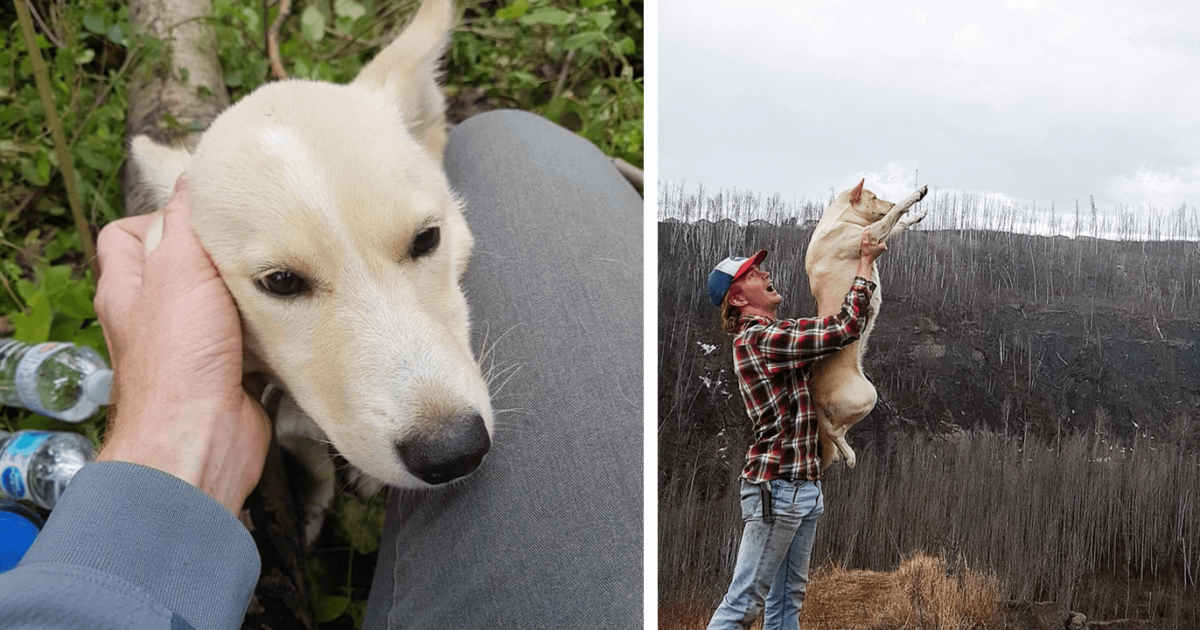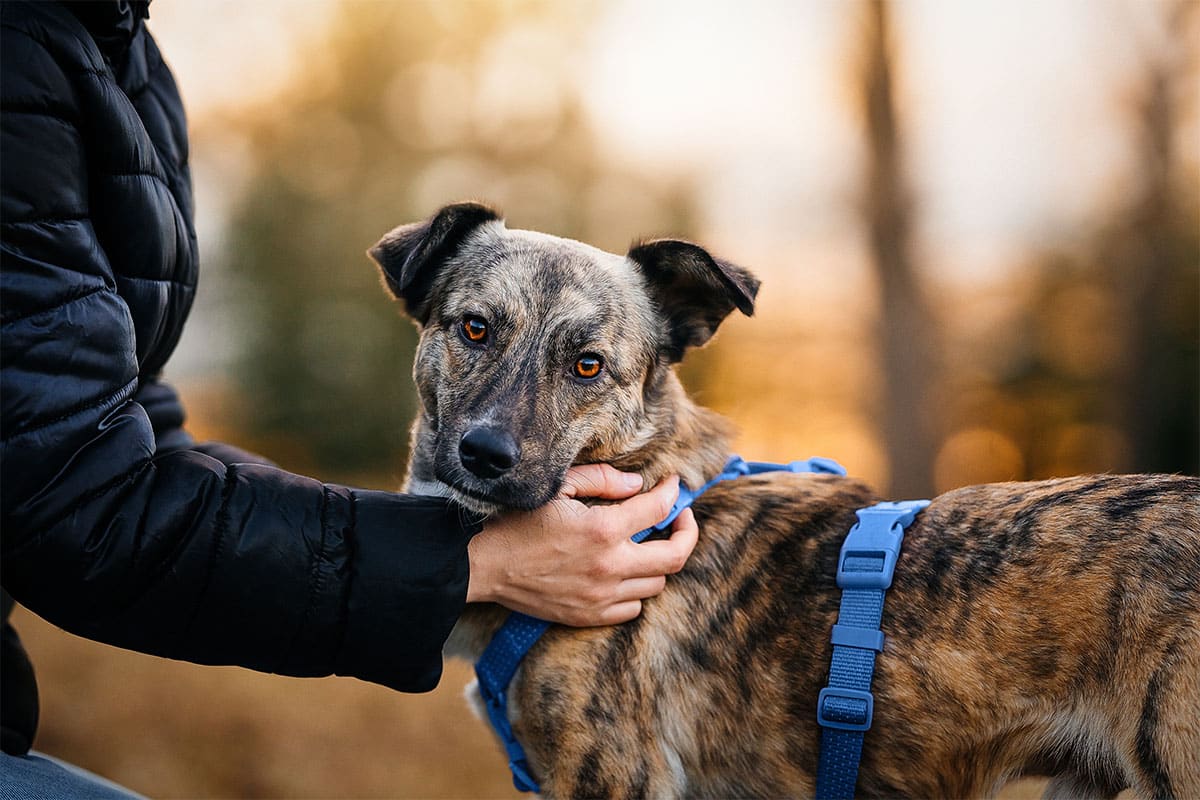A dog is a beloved member of the family, providing companionship and joy through their playful antics. When they age or begin to experience various health issues, their need for comfort and support becomes necessary.
Recognizing when your dog may need additional support can make all the difference in their quality of life. Address these needs to keep them healthy, happy, and comfortable. Here are several signs to watch for that may indicate your dog requires more comfort and support in their daily life.
Changes in Sleeping Patterns
Dogs, like humans, need restorative sleep to function at their best. If your dog begins waking frequently during the night, shifts positions constantly, or avoids their usual sleeping spot, it may be a sign they are uncomfortable. Joint pain, digestive issues, or anxiety can cause restlessness and affect your dog’s ability to get restful sleep. You might even notice your dog sleeping more during the day and seeming tired despite this extra rest; this can be a sign that their sleep quality is poor.
Provide a high-quality, supportive bed tailored to your dog’s size and health. Opt for box-style dog beds, memory foam, or orthopedic options that relieve pressure points and support aging joints. A calm nighttime routine can ease anxiety. Soft lighting, a consistent bedtime, and minimal noise or activity can promote better rest. Address sleep disruptions so that your dog’s body and mind can truly recover.
Increased Lethargy
A once-energetic dog who suddenly shows little interest in daily activities, like going for walks or chasing toys, may be signaling discomfort or emotional distress. This decrease in activity can stem from a variety of causes, including age-related changes, pain from arthritis or injury, or even underlying health conditions like thyroid issues or organ dysfunction.
Dogs try to hide pain, so some subtle cues can be a clear indicator that something isn’t right. Monitor your pet’s energy patterns and consult with a veterinarian if these shifts persist. Making your dog’s environment more supportive can help them feel more at ease and reduce physical stress. Comfort can restore some of their lost enthusiasm.
Persistent Whining or Barking
Excessive vocalizations may signal that your dog is in distress or needs more emotional and physical support. Barking is a normal part of canine communication, but persistent or unusual patterns may point to underlying issues. Anxiety, loneliness, discomfort, or even confusion can all result in increased vocal behavior.
Dogs might bark more when left alone, during unfamiliar situations, or when their routine is disrupted. Pay attention to when and why your dog vocalizes. Are they trying to get your attention or reacting to environmental stressors? These triggers can guide your response. Providing consistent reassurance, a structured routine, and interactive toys can calm their nerves. Listening to your dog’s vocal cues and responding with care can reduce their need to express distress vocally and build their sense of security.
Difficulty Moving Around
Mobility challenges are among the clearest indicators that a dog requires more comfort and support. Many dogs begin to experience stiffness, limping, or hesitation in movement. You may notice your dog avoiding stairs, struggling to stand, or walking more slowly than usual. These changes can impact their quality of life and increase their risk of injury.
Supporting your dog’s mobility starts with providing a more accessible and cushioned environment: orthopedic beds, nonslip rugs, and ramps for getting on furniture. Gentle, low-impact exercise like short walks or swimming can keep muscles strong without overexerting them. Early intervention and supportive care can extend your dog’s mobility and preserve their independence and comfort.
Loss of Interest in Favorite Activities
If your dog starts ignoring their favorite activities, it may be a subtle yet powerful signal that they are uncomfortable or unwell. Dogs are naturally curious and playful, and a decline in these behaviors points to deeper issues. Discomfort from chronic pain, fatigue, or emotional stress can sap their motivation to interact or be active. Take note if your dog withdraws from family members or shows disinterest in meals or outdoor time.
A supportive response might include modifying activities to be less physically demanding or introducing gentle, mentally stimulating games that still engage their curiosity. Rotate toys to keep things interesting and offer treats or praise to encourage participation. Creating a safe, comforting environment where your dog feels secure enough to engage can reignite their enthusiasm. Always observe these changes in context and consult with your vet to rule out medical causes.
Excessive Grooming or Chewing
Occasional growing and chewing are normal behaviors in dogs, but compulsive actions indicate that your dog is trying to self-soothe. These behaviors can stem from allergies, skin irritations, pain, or emotional stress. In some cases, dogs may chew on furniture, shoes, or even themselves when they feel bored, anxious, or insecure.
If you notice this pattern, observe when and where it happens to get clues about the underlying cause. Offering your dog enrichment through puzzle toys, chew alternatives, and consistent exercise can redirect their focus. Provide a calm, comfortable space where your dog feels safe and lower anxiety-related behaviors.
Unusual Temperament Changes
A normally affectionate dog who begins to avoid contact, growls during petting, or snaps when approached may be trying to communicate pain or fear. These shifts can result from physical discomfort, neurological issues, or stress caused by changes in their environment or routine. Approach this behavior with empathy rather than punishment.
Create a supportive atmosphere by maintaining a stable routine and offering positive reinforcement during interactions. Interactive bonding activities can help re-establish trust. If temperament changes are sudden or severe, consult a behaviorist to identify possible health or psychological causes.

Recognizing the signs that your dog may need more comfort and support allows for immediate interventions that improve their quality of life. Addressing issues of fatigue, mobility, and anxiety can lead to a happier, healthier pet. Provide your dog with comfort-focused solutions, such as appropriate bedding and positive engagements, to improve their daily experiences. A happy dog correlates with a well-supported environment, so be attentive to their needs.




















 English (US) ·
English (US) ·